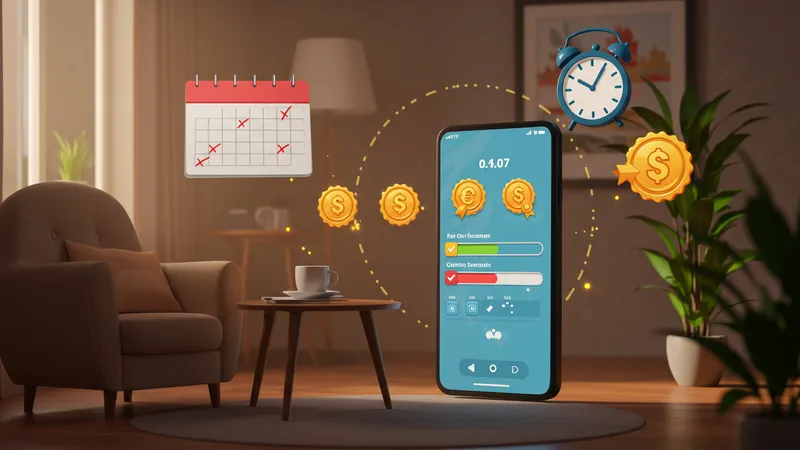
Why Idle Games Are Perfect For Quick Entertainment
Key Features of Idle Games for Quick Entertainment
What truly distinguishes idle games when it comes to fast entertainment is their ability to condense complex gameplay into simple, rewarding loops. Unlike genres that require training or practice, idle games prioritize ease of entry. Players can start within seconds, make meaningful choices, and see immediate progress. “Set and forget” elements allow play sessions to fit tightly into gaps throughout the day, which is a key expectation for many users in the United States.

Another defining feature is asynchronous progress, where the game continues to evolve in your absence. Whether it’s gaining resources, unlocking new achievements, or expanding virtual businesses, idle games offer a sense of fulfillment after every return. This constant sense of advancement, without the need for marathon gaming sessions, directly caters to the quick-entertainment market.
Reward systems in idle games are engineered to encourage short, rewarding visits. Developers use notification prompts or highlighted milestones to entice players back at the right moments, driving ongoing engagement. Titles like AdVenture Capitalist and Clicker Heroes employ these techniques to foster a predictable and enjoyable feedback loop, enhancing satisfaction with minimal effort.
The design philosophy behind these games often centers on low friction. There’s little risk of being stuck, failing, or losing progress—qualities that align perfectly with casual engagement. As a result, idle games continue to thrive among people who want regular entertainment without the pressure of competition or repeated restarting.